Superstitions are like the unusual customs and bizarre practices of the world, that have developed through generations, where the unknown is mixed with the possibility of reality. These superstitions can become huge factors in our lives, determining everything from our daily habits to the rituals we perform for special occasions. What follows in our review of the top superstitions is some common and unordinary superstitions followed by several people around the world.
Walking Under a Ladder
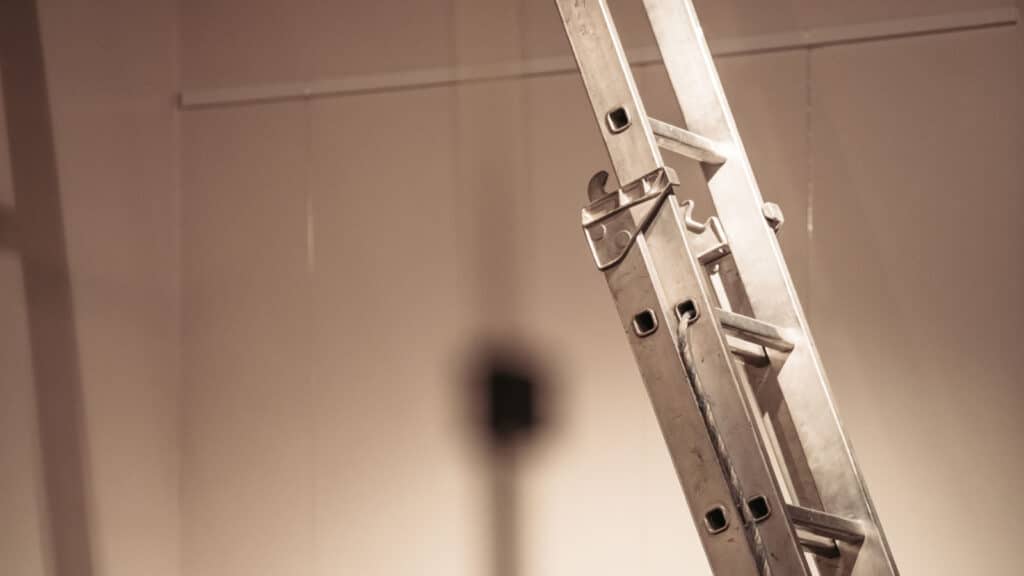
Many cultures have a belief that a person who walks under a ladder will suffer bad luck. This superstition may have originated when people accepted triangles as being holy symbols of the Christian Holy Trinity. A ladder leaning against a wall creates a triangle, and walking under the triangle is thought to be disrespecting God.
Breaking a Mirror
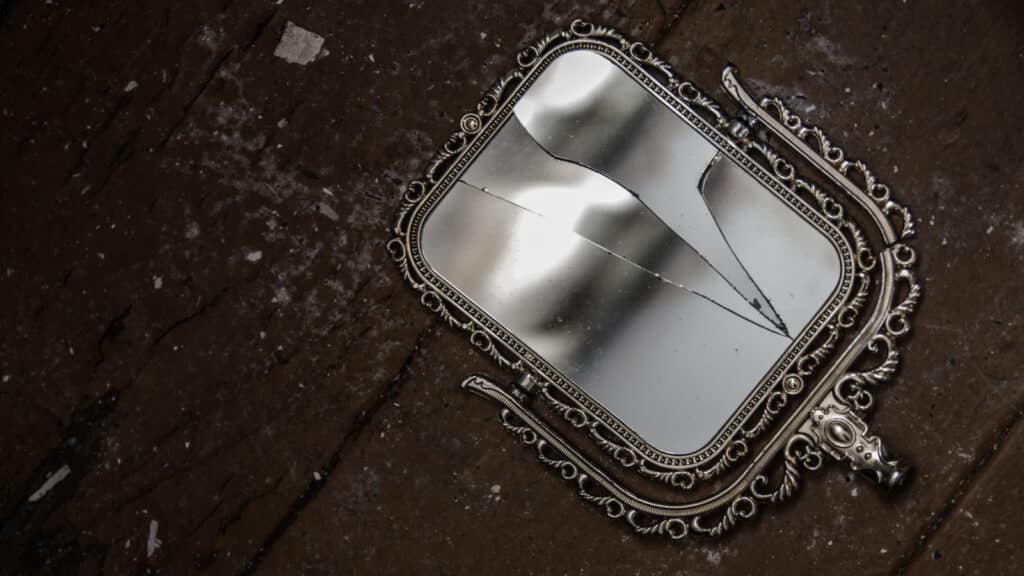
The belief that breaking a mirror causes seven years of misfortunes originated with the Greeks and Romans. Mirrors were believed to reflect one’s soul, and that to break a mirror is to damage one’s own soul. The seven years of bad luck may just be a way of stressing the severity of the act.
Black Cats
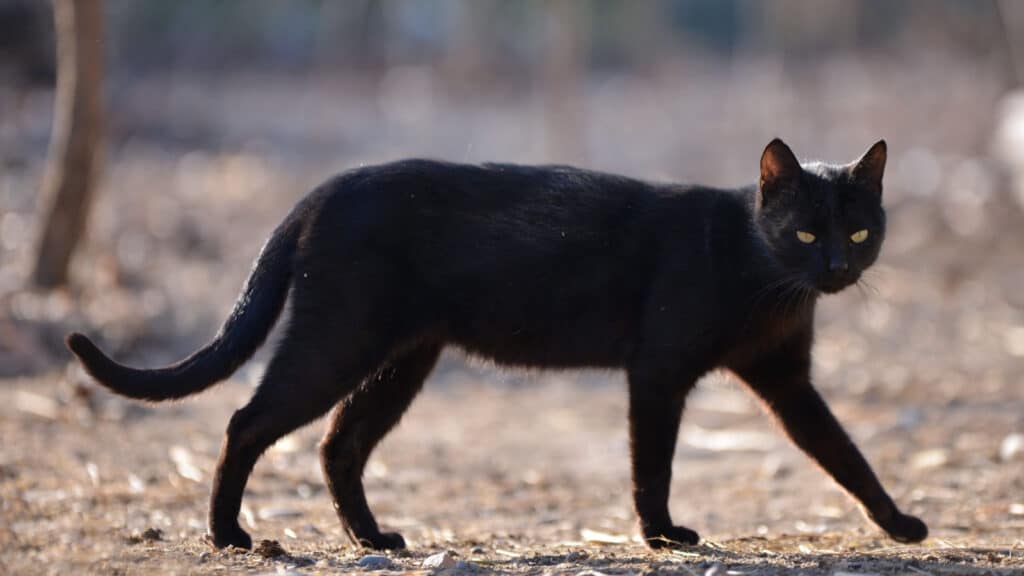
Superstitions about black cats have existed for centuries. In some cultures, they were deemed relatives of witches, or seen as bad luck, especially because of their night-time nature. Other cultures saw black cats as providing purity and good luck.
Friday the 13th

Paraskevidekatriaphobia, also known as the fear of Friday the 13th, is a superstition that has a variety of origins. In some Christian traditions, the day Friday is regarded as an unlucky day, as it is believed to be the day Christ was crucified. The number 13 has also been regarded as an unlucky number by many cultures, adding to the fear of Friday the 13th.
Knocking on Wood
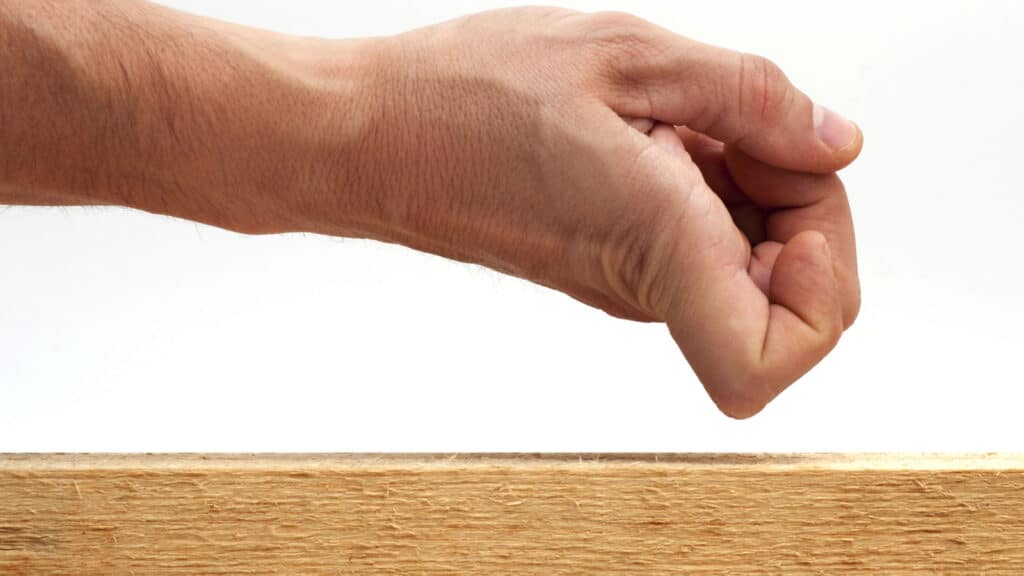
The origin of this superstition can be found in paganism, during which people believed that spirits inhabited trees. So by knocking on wood, people have ordinarily attempted to gain the spirit’s good favor and disassociate bad luck. Then it became customary to avoid bad luck even if someone did not necessarily believe that the spirits themselves could cause that bad luck.
Opening an Umbrella Indoors

There are practical reasons that may have given rise to this superstition. As the belief states, opening an umbrella indoors can cause someone to be injured or cause damage to something. But it is also thought that opening an umbrella indoors is bad luck because it can offend the spirits that protect a home.
Spilling Salt

Salt has always had great value in history and spilling it was seen as wasteful, thus unlucky. To prevent the bad luck, people would throw a pinch of salt over the left shoulder, which was believed to be where evil spirits were located.
Walking on Cracks

The concept of stepping on a sidewalk crack originates from a children’s saying; namely, “step on a crack, break your mother’s back.” It is a light and folkloric idea, rather than a deeply imbued cultural belief.
Seeing a Horseshoe

Horseshoes have been made of iron, historically meant to offer some protection against evil. Horseshoes hung over the doorway were believed to hold off bad luck and attract good luck.
Wishing Upon a Star

Making a wish on a shooting star is a tradition that has existed for centuries based on hope and the night sky’s magic and mystery. People wish on shooting stars as a way to express their wishes/wishes and dreams.
Crossing Fingers

Crossing one’s fingers is a gesture and/or outward sign of hope and/or optimism used when wishing for something or hoping for a positive outcome. Crossing fingers is also a sign of wishing someone luck.
Rabbit’s Foot
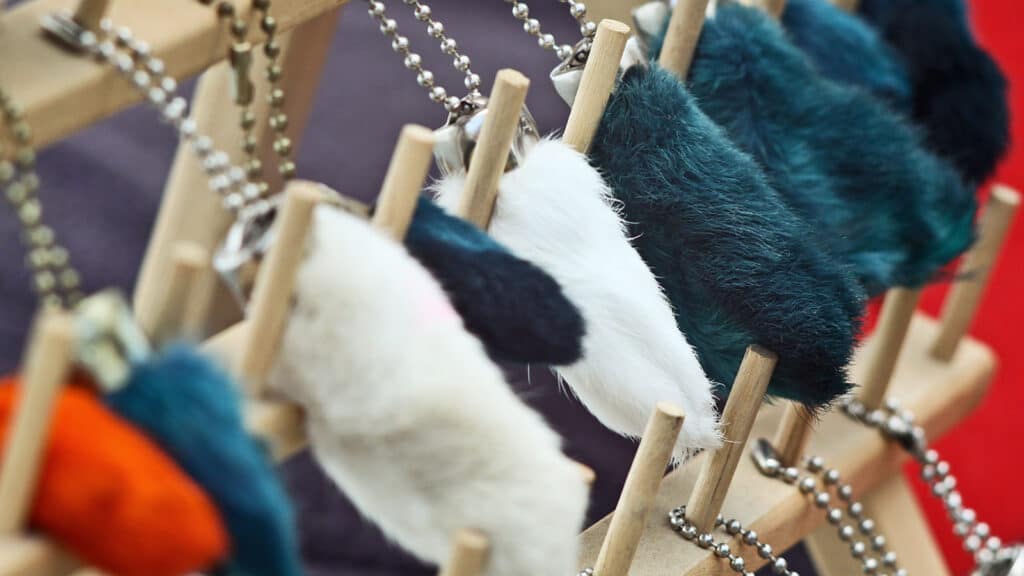
Rabbits are associated with fertility and rapport, thus carrying a foot of a rabbit as a charm is believed to bring people good fortune. While any foot of a rabbit can be lucky, the left hind foot is regarded as the luckiest of them all.
Four-Leaf Clover
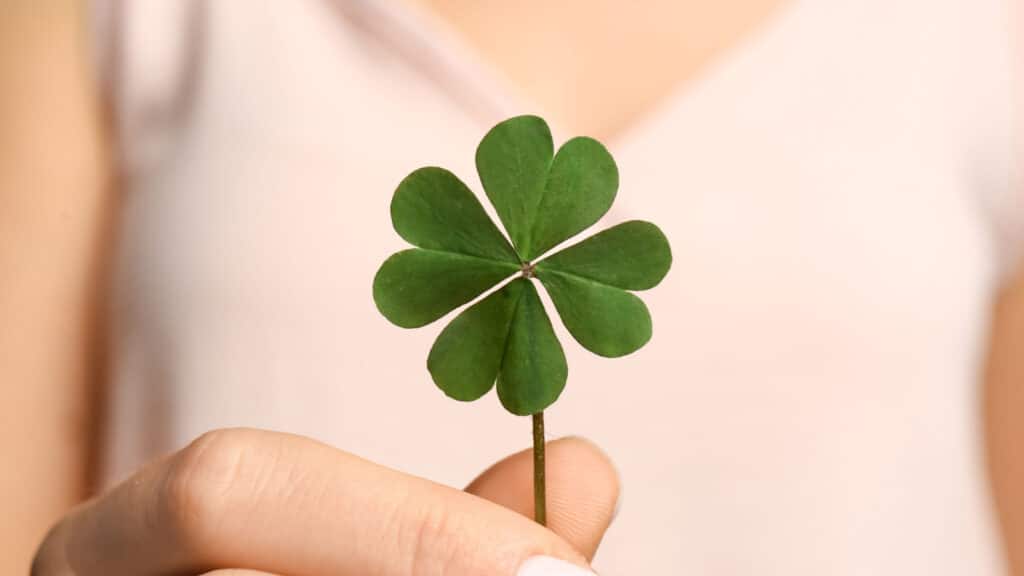
It is thought that four-leaf clovers are seen as lucky, because they are rare, and each leaf stands for a different type of luck: hope, faith, love, and luck.
Avoiding the Number 13
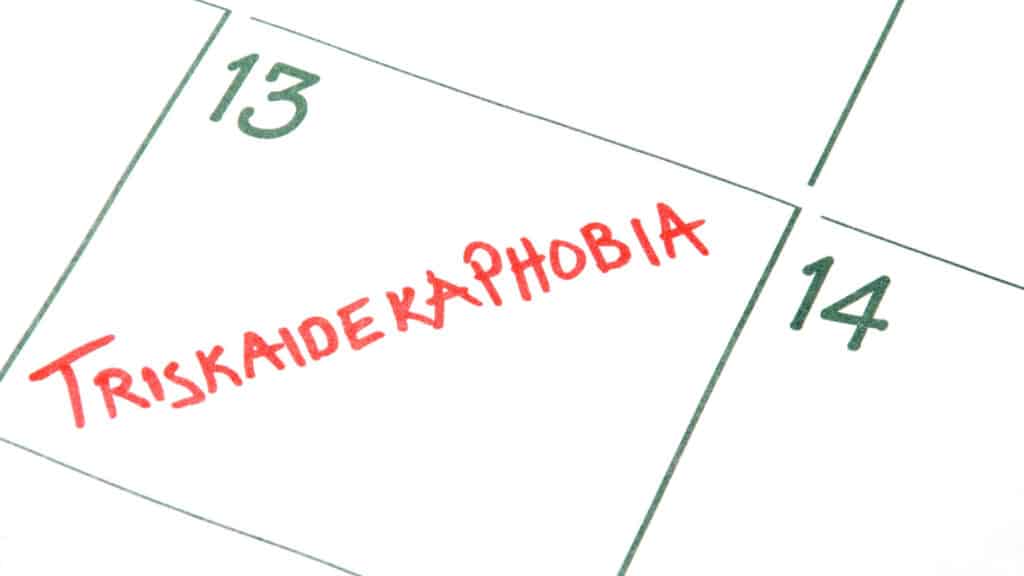
The fear of the number 13, or “triskaidekaphobia,” has several origins. Some people believe it has to do with the Last Supper, and Judas (the betrayer) was the 13th guest. Other people believe it has to do with ancient numerology, as well as beliefs in the number being “bad.”
Tossing Coins Into a Fountain or Well

Sometimes, when tossing coins in a fountain or well, the act can signal one’s wishes. This wishes come from an old custom of giving valuable things that we wished for, or a fortune, to water spirits in honor of them.
Breaking a Wishbone
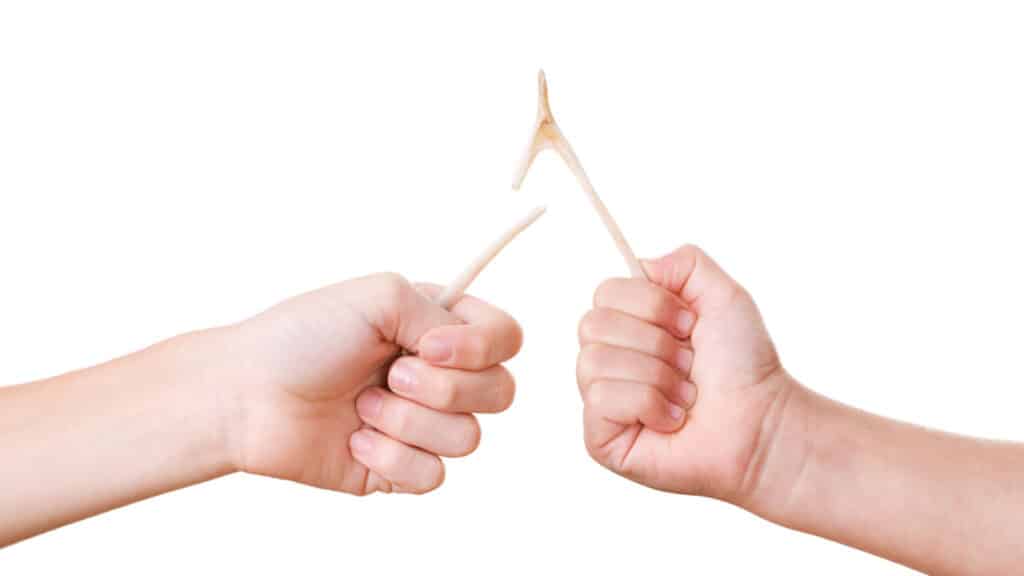
You can break the wishbone of a cooked bird as a fun superstition. It is said to date back to ancient Europe, where it was purportedly believed that birds possessed special powers. The wish made by the person who ends up with the larger half of the wishbone will be granted.
Carrying a Lucky Charm
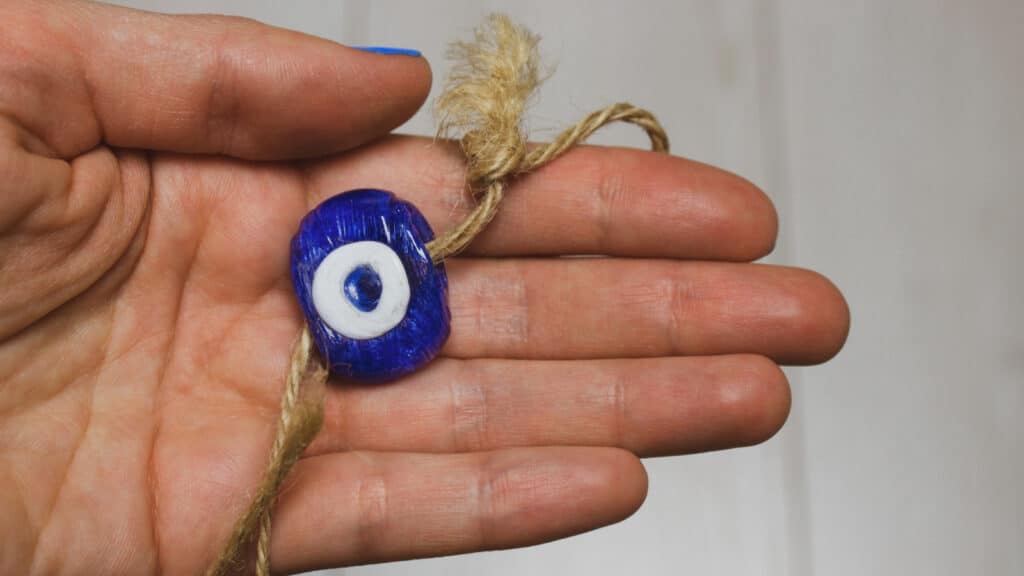
Lucky charms are objects that individuals hold to bring them good fortune. They provide comfort and reassurance in times of uncertainty and can serve to remind individuals of their beliefs and positive intentions.
666
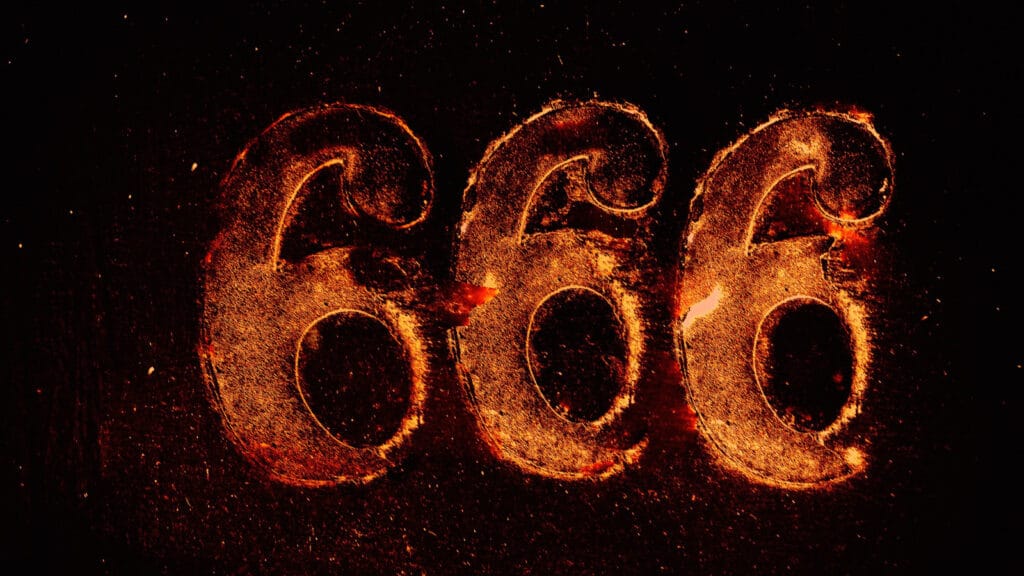
The superstition associated with the number of 666 is termed hexakosioihexekontahexaphobia. This superstition refers to the belief that the number 666 is considered ominous or associated with evil, the Devil, or negative happenings. It is triggered from Christian tradition referring to the number, “the Number of the Beast,” noted in the Bible in the Book of Revelation. Many individuals fear this number and they will go to extraordinary lengths to avoid this number- changing their address, license place, or phone number containing 666.
Seeing a Penny and Picking It Up

The saying “Find a penny, pick it up, and all day long you will have good luck” is a simple superstition about finding little treasures in your life in everyday existence. So, a penny kept on the sidewalk is viewed as a small bit of good fortune.
11:11
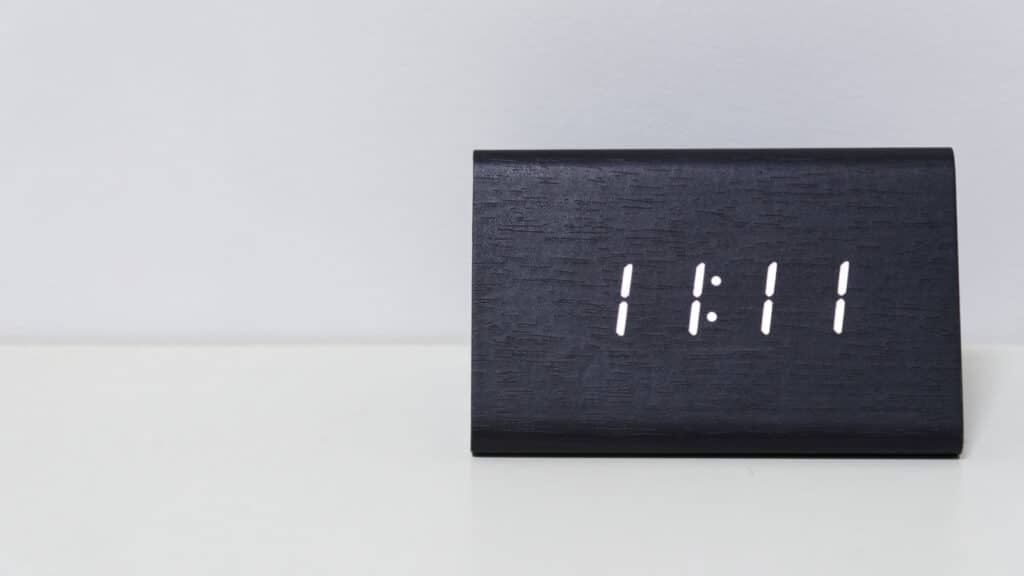
The idea that 11:11 is a fortunate or significant time is ultimately a superstition. Some people think that when they spot their clock at precisely 11:11, this indicates that they should take action to keep this good fortune or send a message to the universe. 11:11 is the designated time that people will make a wish or send a positive intention; just hoping that at the time spot of 11:11 will somehow help to manifest their intentions. People think this is a moment of “alignment” or a “synchronistic” moment within their life.
Horror Movies Which Are Sadly Based on a True Story

We’ve all huddled under our blankets, watching terrifying horror movies, reassuring ourselves it’s just fiction. But what if we told you that true events actually inspired some of the most hair-raising and mind-bending films?
Horror Movies Which Are Sadly Based on a True Story
Disturbing Documentaries That Will Stay With You

Ever had that eerie feeling of being so captivated by a documentary that you can’t shake it off? While some films offer popcorn fun, others take us on a wild rollercoaster ride into the unexpected corners of reality. From jaw-dropping revelations to “Did they just show that?” moments, these documentaries promise more twists and turns than a thriller. Here we explore documentaries that are not just buzz-worthy but unforgettable.
Disturbing Documentaries That Will Stay With You

